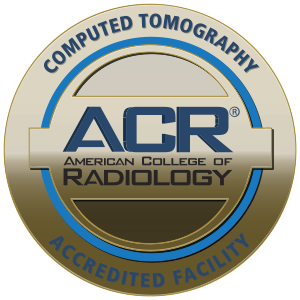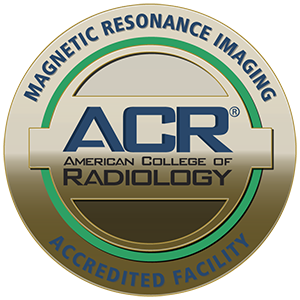A CT scan uses radiation, via computed tomography, to produce cross-sectional 3D images of your body. These images show more detail than an X-ray. While CT scans do use radiation, the benefits of the scan ordered by your physician almost certainly outweigh any minor risks associated with the process.
A highly sophisticated and computerized rotating gantry—the moveable framework on the equipment—is used to take images of the body part. The actual scan time is usually less than a minute, however it may take several minutes to properly position the patient, enter data and plan the scanning.
Physicians typically order a CT scan when looking for or assessing the following:
- Stroke and intracranial bleed in cases of trauma and severe headache
- Spine fractures
- Superior sensitivity for extremity and pelvic fractures compared to routine X-rays
- Lung problems such as cancer, trauma, pneumonia, nodules (lump), interstitial diseases (progressive scarring of lung tissue)
- Blood or lymph vessels
- Coronary artery calcium screening
- Abdominal and pelvic pain or trauma, detection of cancers and various other pathologies
- Many other indications
Learn more about the differences between CT scans and MRIs on our blog, and visit our FAQ section for more information.





